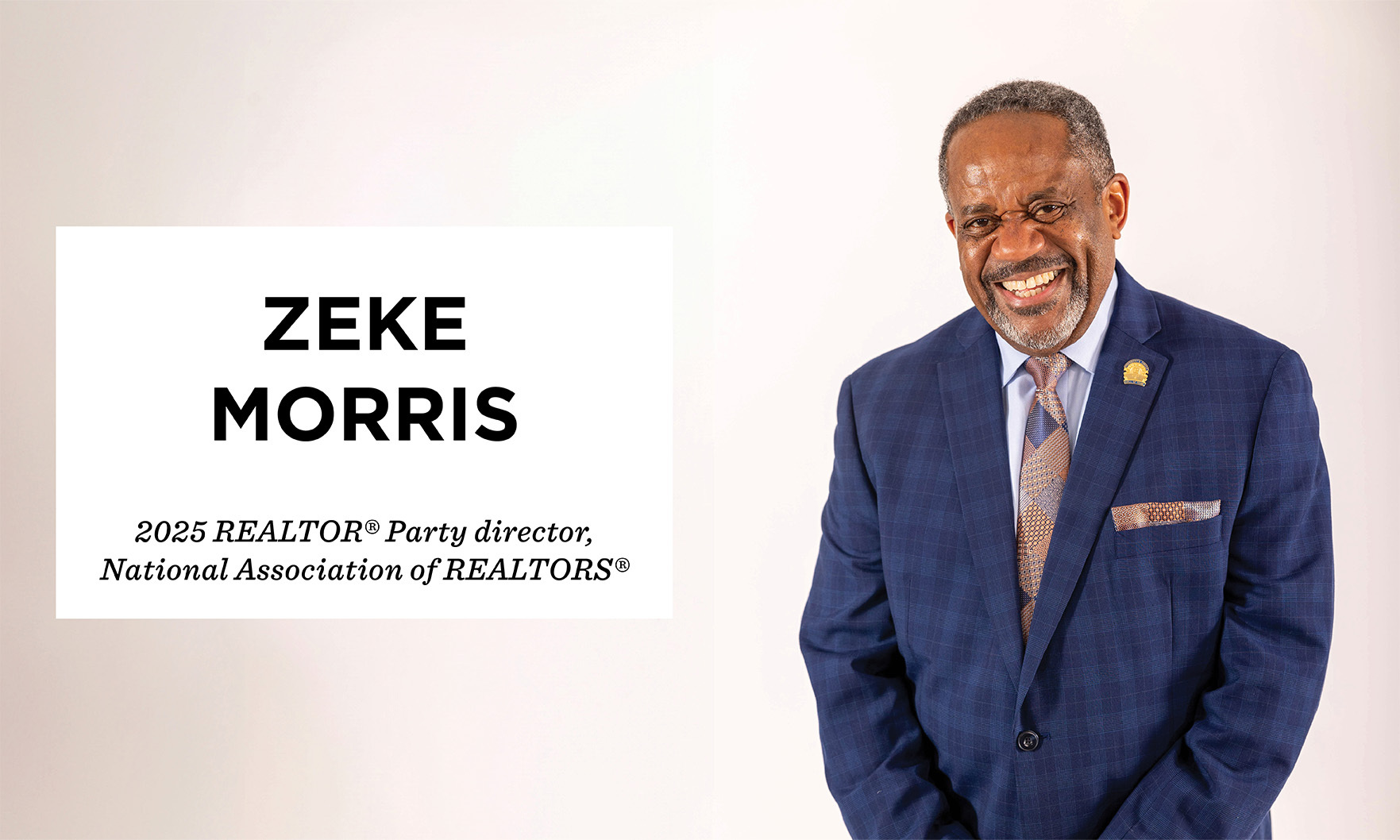The National Association of REALTORS® allocated approximately $86 million for its lobbying efforts nationwide in 2024. NAR’s disbursements begin at the local level, according to Zeke Morris, NAR’s 2025 REALTOR® Party director and past president of both Illinois REALTORS® and the Chicago Association of REALTORS®.
“Once they happen locally, our local Realtors, who are boots on the ground, give notification to NAR nationally,” Morris said. “NAR then looks at how they can support all the things that we want. For example, the biggest thing is supporting affordability, helping to build inventory and helping us to move closer to a more accessible and sustainable housing market. That’s what we’re about. I can’t say, ‘Well, we allocate X number of dollars to this or allocate X number of dollars to that.’ It happens as things come up. If you look at all the things that happen around here, a lot of what we do happens because it may start in California, and it may then have an impact later in Chicago, as well as New York or in Atlanta. So our job is just to have a pulse on where it where it’s going.”
In Chicago, that means working to reduce the housing market disparities that exist between the North Side and the South Side through national resources such as the Neighborhood Assistance Corporation of America to have influence locally. Morris looks at everything as being local and starting locally.
“Chicago is a tale of two cities,” Morris said. “We have one side of town where we have a lot of affluent purchasers, and what we need to do and what we’re working toward is, how do we create more destinations, meaning neighborhoods that people want to regard as a destination and also see as a future spot for them to help grow their families … Everything starts locally, and if you understand your community, then that’s where you start.”
As NAR’s 2025 REALTOR® Party director, Morris works with a group of Realtors that he refers to as the “travel team,” who are diverse in thought, experience, ethnicities and geographic locations.
“Not only are we able to tell our individual stories, we share a nonpartisan approach to issues that impact the communities we serve,” Morris said. “As we travel across America, Realtors can see that while we come from different situations, the understanding that the importance of diversity and inclusion and advocacy shines through our message. You know the old adage, ‘Can’t be what you can’t see.’ So I take pride in knowing that we all want the same things. We want to provide for our families and have impact in the communities that we serve. So it’s where I look at myself, is that’s influence, and influence is being at the table and also leading from the front, and I think that that’s what we’re doing.”
Morris recommends that agents who want to become involved in advocacy know and understand the issues that impact the local community, as well as at the state and national levels.
“What you will find is that if you have empathy for the industry, then you will have a better understanding of the things that not only impact you locally, but what impacts us as an industry.” Morris said. “If you want to become more involved, you start there and you balance your efforts, meaning that you understand what we need to do on a local level, understand what is happening on the state level, and then how that all impacts us on a national level. There are certain things that we do that are dependent upon national legislation.”
